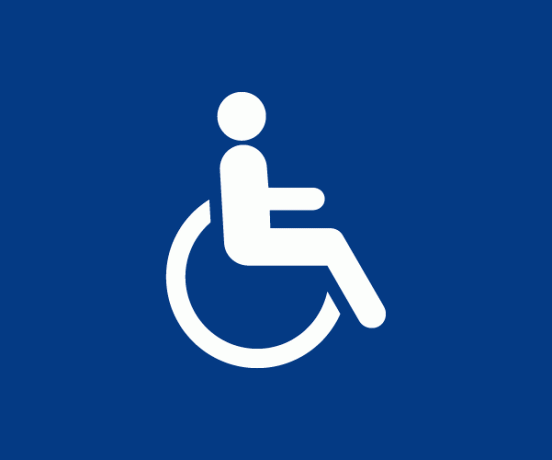Participatory democracy is a model of exercise of power, where the population actively participates in making the main political decisions.
The idea of participatory democracy (also known as “semi-direct democracy” or “deliberative democracy”) emerged in the the last years of the 20th century, combined with the crisis of some examples of representative democracies - considered until then as the ideal of democracy.
Learn more about the meaning of representative democracy.
The population did not feel that the chosen representatives (through direct elections) were able to cover all the needs of society, especially of some social groups.
To resolve this situation, the definition of participatory democracy is aimed at the participation and communication of all different groups and social movements that they inhabit the same society, with the intention of having their questions heard and that, consequently, actions are developed to meet the needs of everyone.
But, how to listen to an entire population in a fair and equal way? There are some alternatives to know the opinion of the public on a given subject, such as the application of referendums and plebiscites, in addition to holding public hearings and so on.
Participatory democracy is considered semi-direct because it does not disregard the presence of its elected representatives through direct vote, but rather the idea of being closer to the "political stage", presenting opinions, questioning and leading new discussions on different social issues to Chamber.
Learn more about direct democracy and the difference between democracy and dictatorship.

